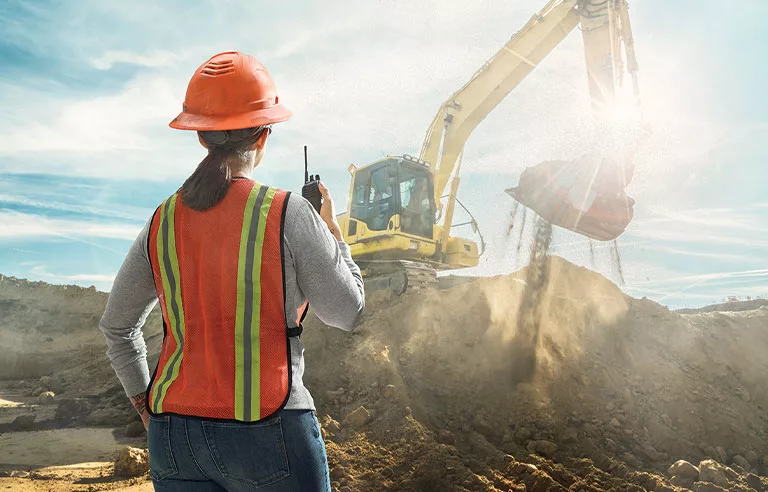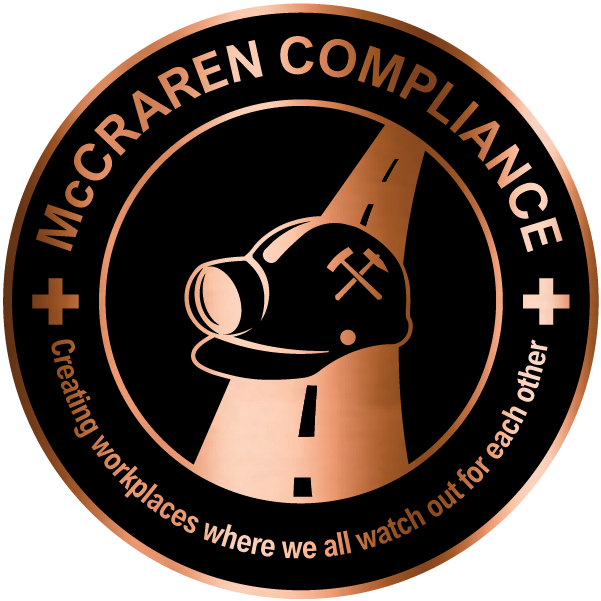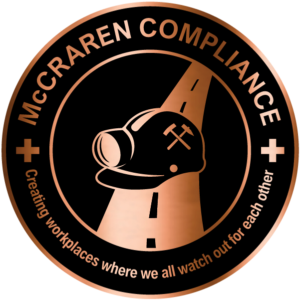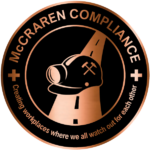What types of materials and design features should be considered when selecting personal protective equipment for heat stress?

Photo: MSA Safety
Responding is Kevin Kurkowski; segment marketing manager for head, eye, face and hearing protection; MSA Safety; Cranberry, PA.
Seasonal outdoor heat stress remains a significant occupational hazard, particularly for workers in road construction or on oil and gas well operations, as well as those working at height or in agriculture. In fact, according to OSHA, “heat is the leading cause of death among all hazardous weather conditions in the United States.”
In addition, the Bureau of Labor Statistics notes that “there were 33,890 estimated work-related heat injuries and illnesses that resulted in days away from work from 2011 to 2020, an average of 3,389 per year in that time period.”
Head protection designed with innovative materials and features to help mitigate heat stress can help keep workers safe and comfortable. Some of the latest materials and design features to consider include:
Thermal barrier technology. A thermal barrier is one of the newest technologies in head protection to help manage worker heat stress in outdoor, sunny conditions. The major benefit is that it can help keep the inside of a hard hat cooler than those without this technology by reflecting infrared energy from the sun’s rays away from the wearer’s head. Some products available today can stay up to 20 degrees cooler with this thermal barrier compared with those without. The way it functions is similar to that of a reflective screen in a car windshield or reflective liner in a home attic.
Evaporative cooling fabric. Ideal for PPE such as crown coolers or neck shades that are typically worn underneath a hard hat or safety helmet, this type of material absorbs and releases water within the multilayered material to help provide hours of cooling relief. Simply soak the crown cooler or neck shade made with this fabric briefly in cool tap water before use.
Ventilation and airflow. Hard hats and safety helmets with strategically placed large vents can help increase wearer comfort by optimizing airflow, as well as help further reduce heat stress. An important note is that vented hard hats and safety helmets do not meet Class E certification; look for non-vented options to meet requirements for electrical work.
Moisture-wicking sweatbands. Sweat accumulation can exacerbate heat stress and worker discomfort; moisture-wicking sweatbands can help manage perspiration. Look for a hard hat or safety helmet with a premium moisture-wicking sweatband made with breathable foam padding, providing additional comfort and sweat management. Sweatbands can be easily removed for laundering or replaced to help maintain hygiene.
Full-brim design. A full-brim hard hat can offer additional shade and sun protection, helping to reduce direct exposure to sunlight. Some manufacturers offer hard hats with full brims that are intentionally a bit larger on products intended for use in applications where outdoor heat stress and sun exposure are a concern, and some may also feature a textured brim for added grip when donning and doffing the hard hat.
On a final note, when it comes to choosing head protection, an important first step is to conduct a hazard assessment to determine the hazards and risks associated with a particular jobsite and application. Seasonal heat stress may be identified as a top concern, in which case PPE solutions with some of the materials and design features outlined here may help to mitigate the risk of heat stress and help keep workers safe and comfortable.
Editor’s note: This article represents the independent views of the author and should not be considered a National Safety Council endorsement.
McCraren Compliance offers many opportunities in safety training to help circumvent accidents. Please take a moment to visit our calendar of classes to see what we can do to help your safety measures from training to consulting.
Original article published by Safety+Health an NSC publication


